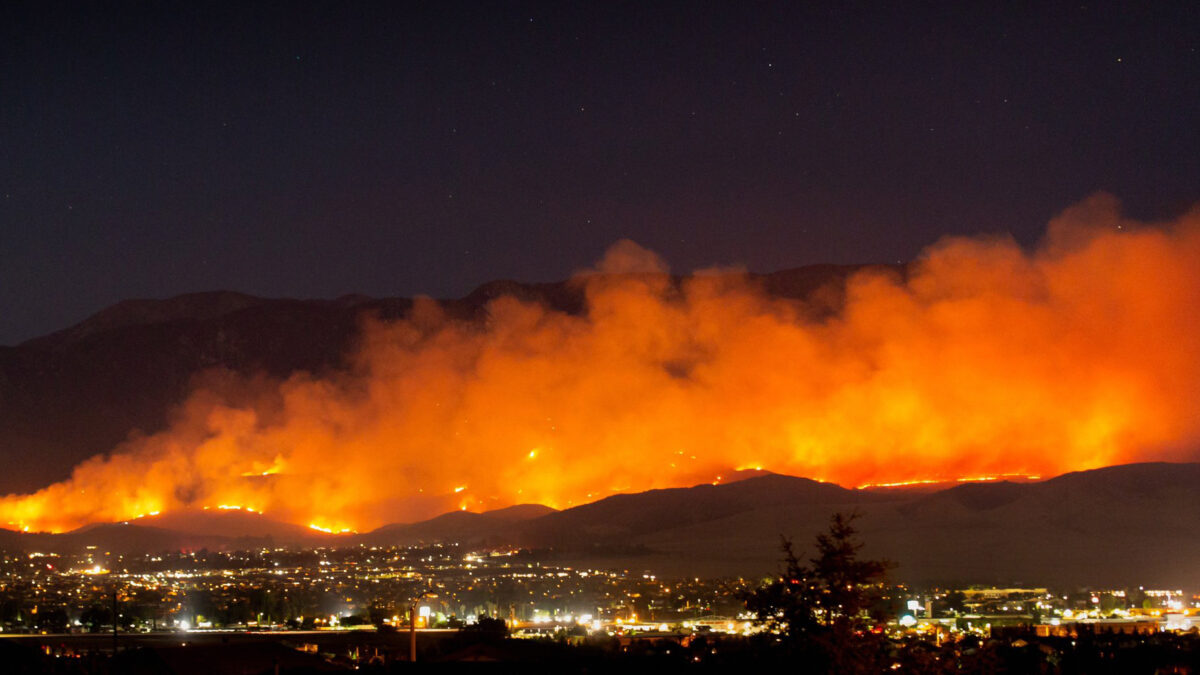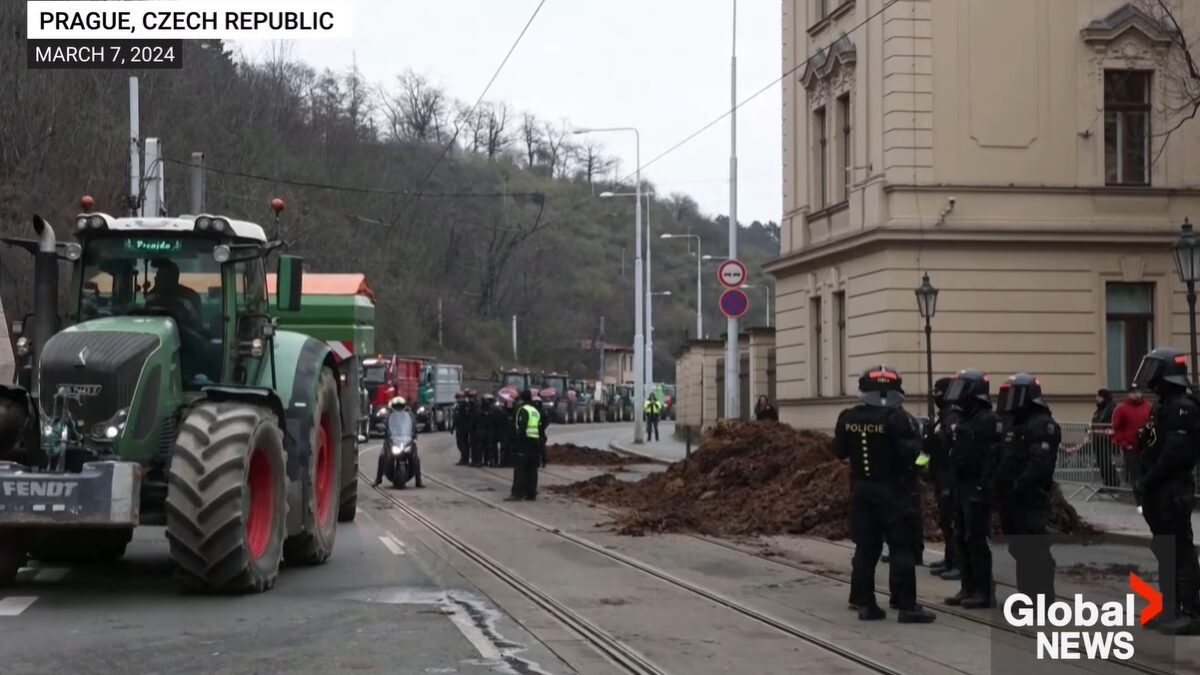There’s been a lot of focus on the weather recently. It’s summer, so it’s hot in some parts. But the official line is that the temperatures are unprecedented and the result of — you guessed it — climate change.
Like clockwork, the Biden White House uses summer to trot out alarmist claims about “extreme heat waves” and the “climate crisis” to justify spending billions on pet projects.
Facts, of course, don’t matter. As meteorology student Chris Martz points out, the first 53 of 92 days of summer in the Lower 48 have been a little cooler than average so far.
Heat domes and the jet stream tend to do that. It’s called “weather.”
Meanwhile, water vapor, which accounts for 97 percent of greenhouse gases in our atmosphere, got a massive 13 percent boost in our stratosphere by the January 2022 eruption of Hunga Tonga-Hunga Ha’apai, a submarine volcano in the southern Pacific — with the natural greenhouse gas likely to stay aloft for several years. Meanwhile, our nearest star is waking up with Solar Cycle 25, and the Pacific Ocean shifted from La Niña to El Niño in June.
In California, the leftmost pole in the dipole climate alarmism system (D.C. being the other), cries of drought blamed on human action drown out the inconvenient fact of a lack of water storage due to human inaction. Oddly, the state is out of its drought now, temporarily depriving insincere actors like Democratic Gov. Gavin Newsom of a major talking point.
But California is a land of both historic drought and a Mediterranean climate.
In 850 AD, 1,052 years before Willis Haviland Carrier invented the modern air conditioner, California was hit with a megadrought that lasted 240 years. Only 50 years later, a second drought struck that stretched another 180 years. Goodness knows what the climate crisis-industrial complex would say today if California were in the middle of a 10-year dry spell.
The Mediterranean aspect of California’s weather patterns is poorly appreciated by most of the rest of the nation — and even among Californians. The practical effect is two-fold: First, it makes for a dry, pleasant climate for seven months out of the year, with 75 percent of precipitation falling in the five months between November and March. And come the end of summer, no matter how much snow and rain fell the prior winter, it gets tinder dry, setting the stage for fire season. (I retired as the deputy J1 of the California National Guard in 2007. We used to joke that the Golden State had four seasons: flood, fire, earthquake, and riot.)
Thus, even though California enjoyed a heavy winter, with much of the key Sierra snowpack at 200 percent of normal, the inevitable dry months will prime Democrat news releases for linking wildfires to greenhouse emissions by August.
The problem with connecting California’s wildfires to climate change is that it’s just another fable that serves to cover up the real culprit: terrible forest management practices by both state and federal officials.
When gold was discovered in California in 1848, the rush to the West brought photographers. George E. Gruell, a wildlife biologist, developed the idea to compare photos taken in the Sierra Nevada forest then with contemporary views today. What he found was remarkable. In the 1850s, fire routinely shaped California’s landscape. Native American tribes often purposefully set fires because they knew that forests were a poor source of food compared to grassland. Most of the indigenous residents of California at the time were nomadic. If fire threatened them, then they could move.
This was not so for the new pioneers who tended to build permanent, if mostly flammable, structures. Burning the forests shifted quickly to harvesting the trees and suppressing the fires. By the 1990s, environmental policies curtailed the harvesting aspect but left in place the fire suppression efforts.
But, in an average year, California forests grow about 3.8 billion board feet of new timber — more when the winter’s wet. And if that timber doesn’t get cut and used, it must, in time, burn. It’s the tyranny of photosynthetic math: Water plus carbon dioxide equals megatons of flammable cellulose.
Forest mismanagement became so entrenched in California that its state legislature voted to study the forests’ carbon sequestration capability. The resulting report said that forests protected from commercial timber harvests were now net greenhouse gas emitters due to fires and trees killed by insects and disease. California’s forests are now up to 600 percent denser than 150 years ago, with high tree density increasing water stress and making trees more vulnerable to insects, disease, and fire.
The wildfires that will sweep California in a few months will be put to good use in service of climate alarmist propaganda. Newsom and his corporate media allies will see to that.
But never fear. Rather than tackling the problem, California will continue to go down the road of banning internal combustion engines while trying to guilt the rest of us into walking to work.









